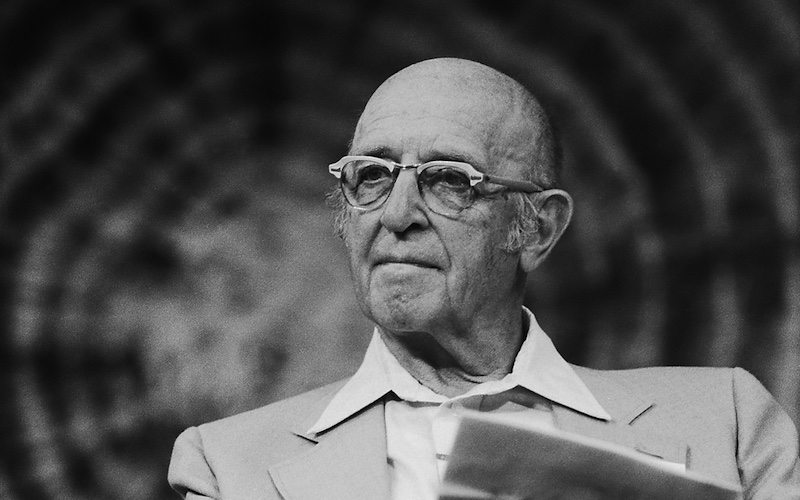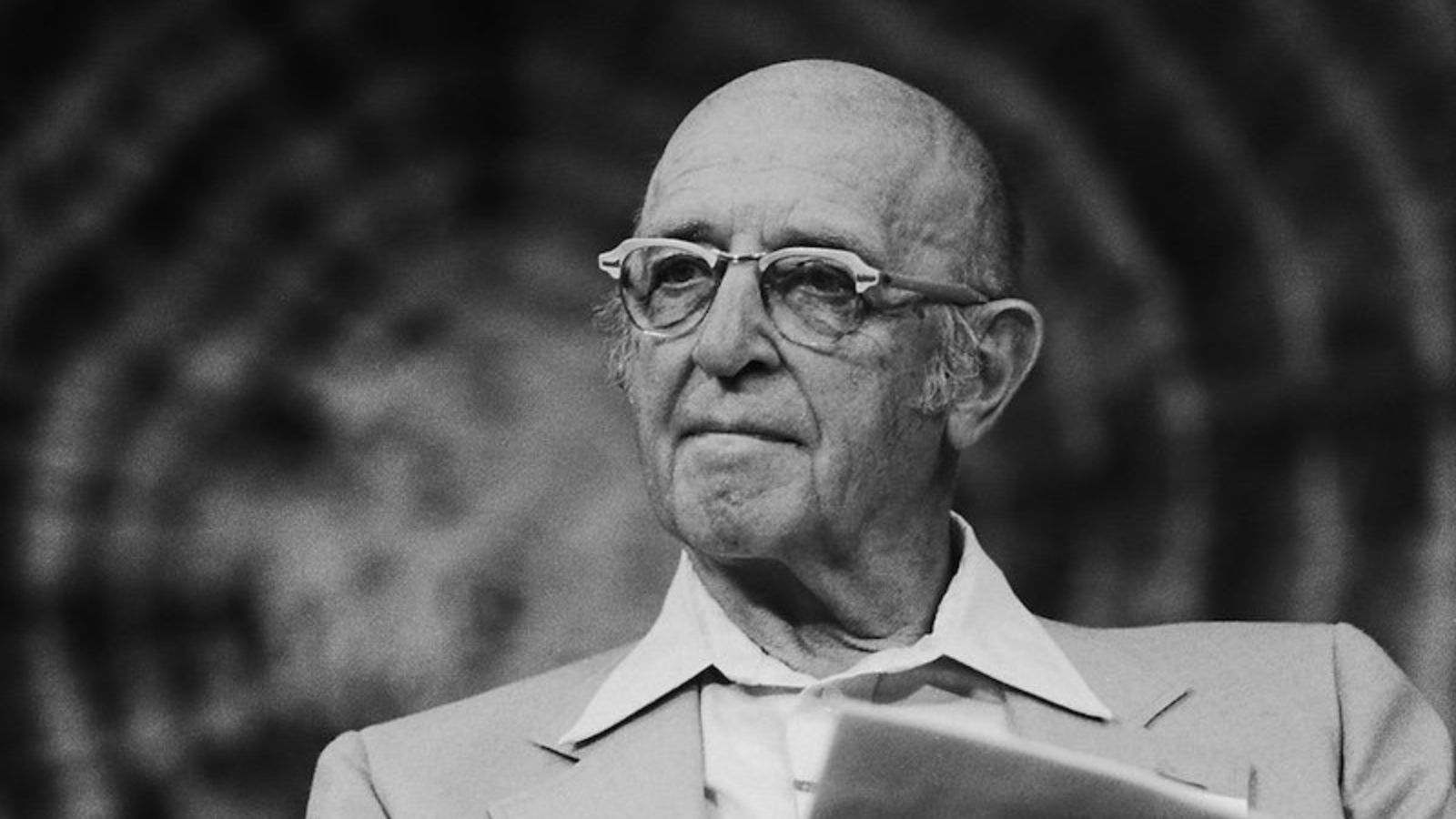In the early 1950’s, Carl Rogers—a prominent American psychologist—coined the term “client-centered.” It was actually a renaming of his original brand of counseling known as “non-directive therapy.” Rogers believed that we are the foremost experts on ourselves. This was revolutionary thinking after the deterministic ages of behaviorism and psychoanalysis. Rogers thought that therapy would be most effective if we begin with our present perception of an issue instead of looking to unconscious drives or another’s interpretation. In a phrase, he believed we have the capacity to find our own way and that it was not up to the therapist to discover the client’s path to integration and health. So, he created therapeutic tactics which honored the fact that the client already knew the way to wholeness.
During client-centered therapy, the therapist is absolutely careful not to send the client down a path which is not of their making. The client picks the topic, and the therapist helps them to see the topic more clearly. The client experiences an emotion, and the therapist is there to provide lucid emotional resonance. Albert Einstein once said, “It’s not that I’m so smart, it’s just that I stay with problems longer.” In a sense, the therapist is there to help enhance the client’s chosen subject, and provide the support which enables the client to do exactly that: stay with the issue longer than they might alone.
Deepening into Your Experience
Now, staying with an experience is one thing, but how does the therapist help the client to deepen into that experience and reveal more nuance? Essentially, we tend to be a little too close to our own situations. Or as Mark Twain put it, “There ain’t no way to find out why a snorer can’t hear himself snore.” The way we typically create and organize our experience is complex and fraught with blind spots. One way the therapist helps the client deepen is to point out details the client may have missed. We may certainly be able to discuss a time that a friend betrayed us, but we might not be aware that our posture caves while we do it. We may be able to vent about our micro-managing boss, but we may be unaware of the subtle excuses we make for them. We may not notice the tendency to avert our gaze when we speak of something embarrassing. We may even tell a story without hearing the tone of our voice change. The client-centered therapist need only bring these points to the client’s attention to further open the reaches of their experience. But the key is this: it is the client’s experience which is revealing its own path for deepening, not the therapist’s.
Rightful Self-Indulgence
The second way this therapy assists the client is by allowing them an hour for rightful self-indulgence. The therapist’s job of staying with the client is the ultimate form of social pampering. We rarely get time that is all about us. And it is for this reason that time meant just for us tends to become nerve-wracking, acting as a siphon, drawing out our interpersonal hang-ups. This is why a focus on relationship dynamics and attachment styles goes so well with this form of therapy (watch for blog posts to come on this topic).
Having personally sat in both chairs, I have found the client-centered technique to be not only effective, but empowering. Beneath the specific tactics of this form of therapy lies a strong message of faith in the client. This works to not only reduce contention in the client (how do you respond when others tell you what to do?), but it also has a profound impact on the trust and security attempting to grow between client and therapist.
Reclaiming Our Power
Ultimately, this approach gives the power back to the client. Too often someone has taken it away from us, and it is only fitting that we need the help of another to reclaim it. We also have a history of giving up our power for healing to doctors, spiritual teachers, and even intimate friends. In some sense, we were taught not to trust our own mind and our own experience. Client-centered therapy works to supplant this dependence with the notion that our natural inclination is toward health and authenticity. The therapist is only here to guide you back to this innate process.

People are just as wonderful as sunsets if you let them be. When I look at a sunset, I don’t find myself saying, “Soften the orange a bit on the right hand corner.”
—————————————————————————————————————-




